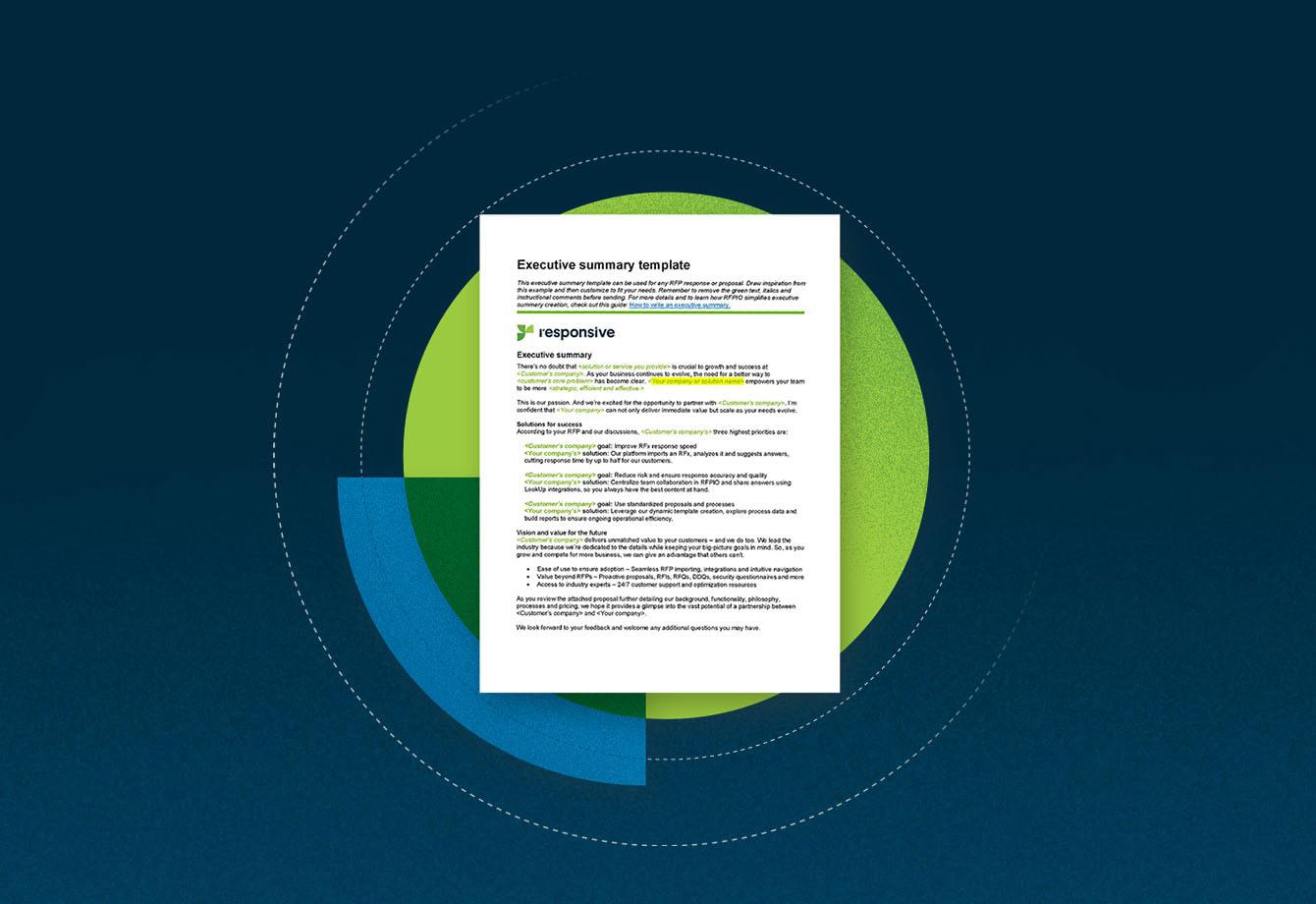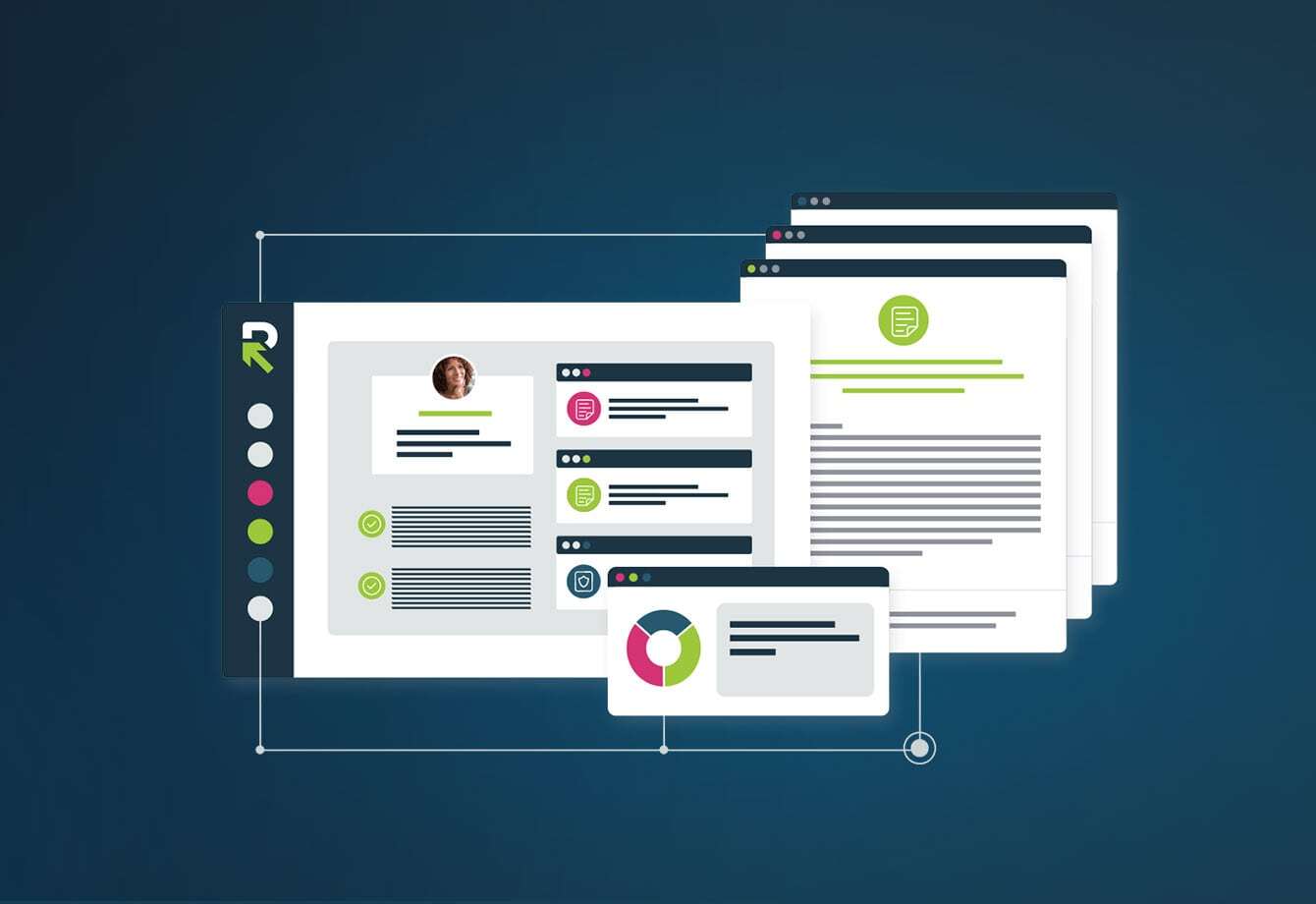
Start Responding Like a Pro
The Responsive blog is full of insights and best practices, giving you the tools you’ll need to streamline your process and respond with confidence.
Featured Post

Request for proposal executive summary: Example, template & tips
Selling & EnablementEven for the most experienced proposal manager, writing an effective request for proposal executive summary can be a challenge. After […]
Category: Tag: RFP best practices


How to use a proposal compliance matrix: Tips, template and examples
Product & Best Practices
RFP best practices — Content and process tips
Selling & Enablement
Accelerate your RFP for asset management response process
Product & Best Practices
Create winning RFPs in 5 easy steps
Product & Best Practices
Can a RACI matrix improve your proposal process?
Products/Features/Solutions
Brand storytelling in RFP responses
Templates & guides
How to impress with your RFP presentation
Vendor Assessment
How to use a proposal compliance matrix: Tips, template and examples
Product & Best Practices
Bid or no-bid decision guide: Save time & improve RFP win rates
Selling & Enablement
RFP strategy: How to grow your business with RFPs
Revenue generation
How to issue an IT RFP: Tips, templates and examples
How to Write RFPs, Issuing RFPsSee how it feels to respond with confidence
Why do 250,000+ users streamline their response process with RFPIO? Schedule a demo to find out.